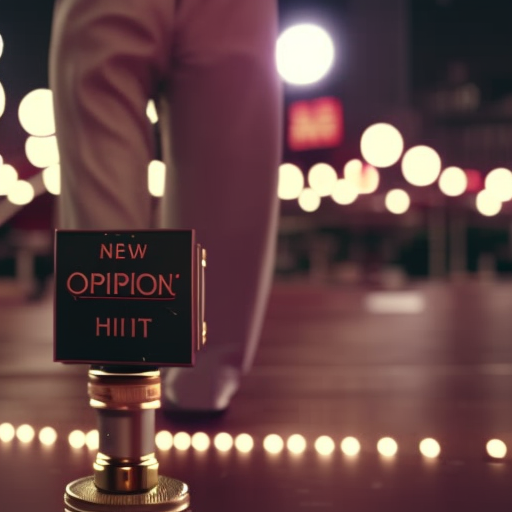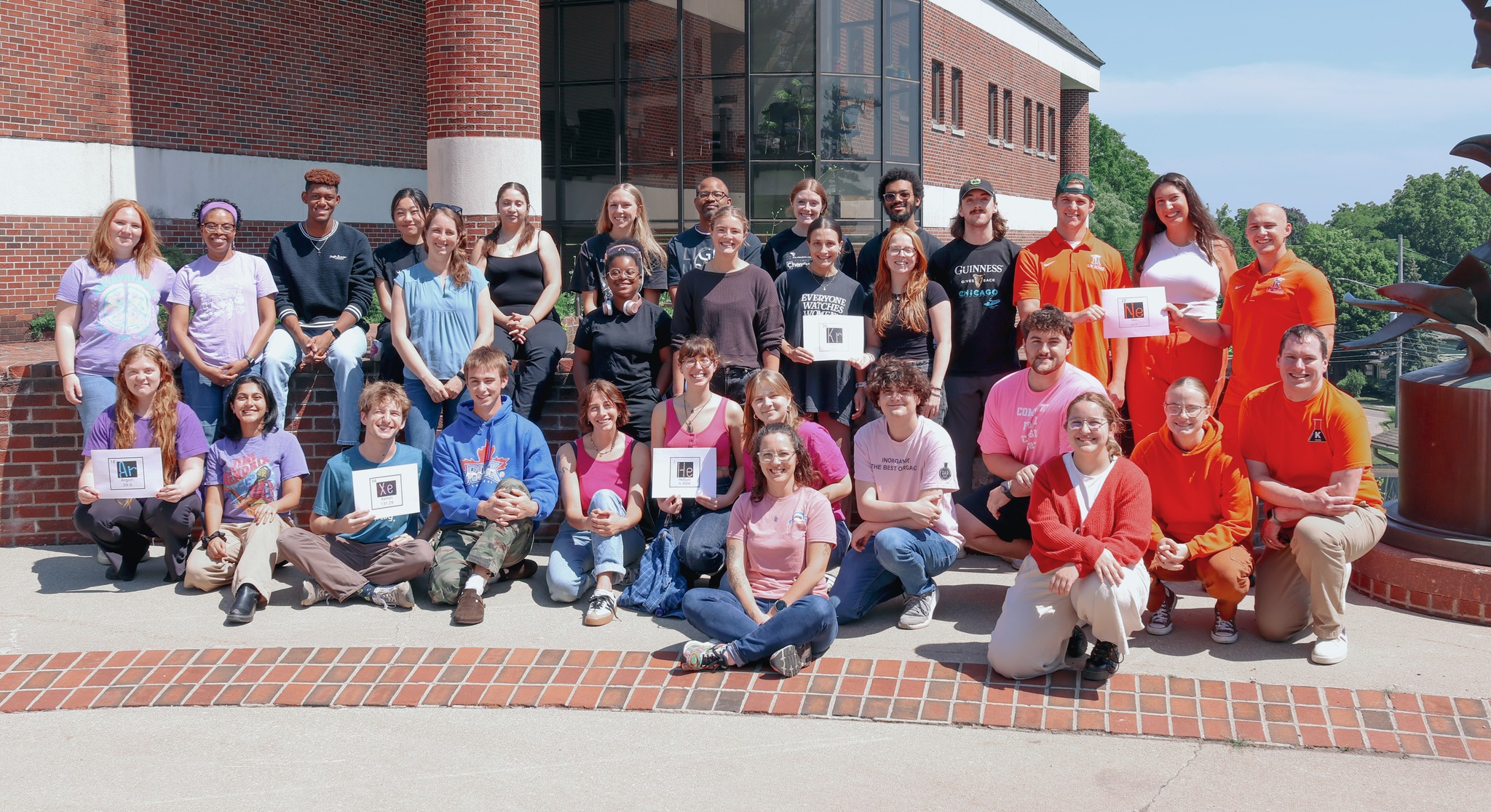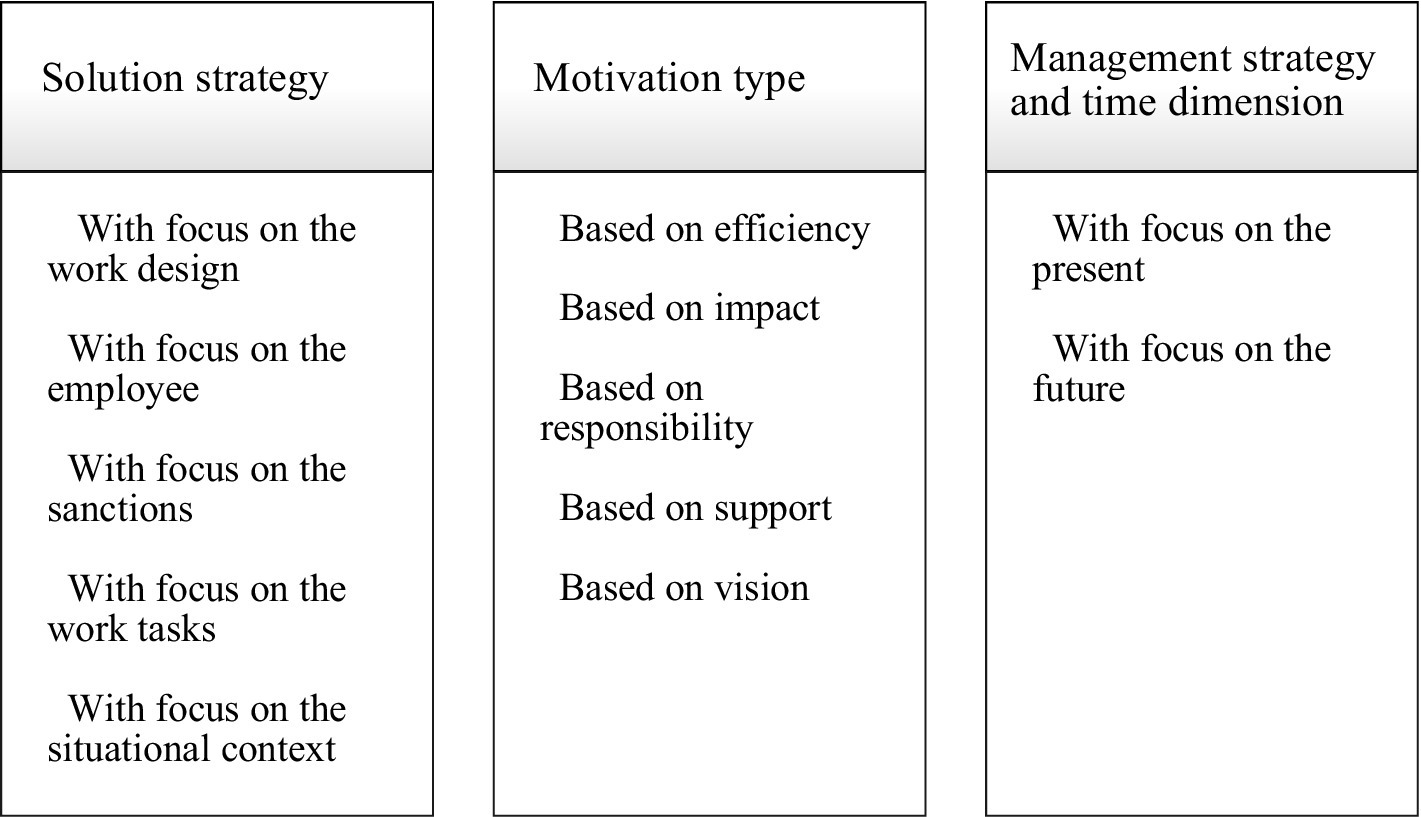
Our State’s Crisis: Addressing Economic Inequality and Working People’s Challenges

Our state has a serious problem: As economic inequality worsens and the rich get richer, too many leaders in Albany are turning a blind eye to the multiple crises facing working people.
New York, one of the least affordable states in the country, is also the most economically unequal. Our neighbors and family members feel those financial pressures every day – when they’re deciding whether they can afford fresh produce at the grocery store, when they have to skip a doctor’s appointment because of the cost, and when the rent comes due each month.
New Yorkers are resourceful. When the going gets tough, we figure out a way to make it work. But living and raising a family in our state shouldn’t feel like you’re constantly treading water. It should not be a luxury.
The Impact of Extreme Wealth Inequality
The very wealthy are doing better than they ever have. Over the past decade, the number of millionaires in New York has increased by 48%. There are over 350,000 millionaires in our state and 744 people with at least $100 million in wealth. All told, the ultrarich in our state hold a combined $6.7 trillion in wealth.
This extreme inequality is not because the rich are smarter or work harder than the rest of us; it is a direct result of the policy choices made in Albany. Every delayed bus or transit desert, every neighbor priced out of our communities, every underfunded school is a policy choice.
Policy Choices and Priorities
For far too long, our state has prioritized real estate CEOs, corporate shareholders, and Wall Street bankers over working families. The current budget process is a prime example: the governor has proposed a fiscal year 2025 budget that cuts funding for public schools and health care, while promising tax breaks to wealthy developers.
The state Senate and Assembly have put forward their own budget proposals, which reverse the governor’s cuts, make new investments in our social safety net, back tenant protections, and call for marginal tax increases on people who earn more than $5 million a year and corporations whose profits exceed $5 million annually. These proposals are a step in the right direction.
Unfortunately, not every legislator is on board with these proposals. Our opponents – who are backed by the real estate industry, corporate interests, and dark money PACs – are among the roadblocks to winning the kinds of investments that New Yorkers need to be able to make ends meet.
Working Towards a Better Future
We are running for office because we believe that every single New Yorker deserves to stay in our state, should they want to. Every New Yorker deserves the opportunity to succeed. Our government has the tools to improve the lives of working people. And we believe that our communities – whether upstate or downstate – should have quality public schools, clean air and water, and housing that is affordable for working-class and low-income families.
With budget negotiations happening as we speak, we join the vast majority of New Yorkers who want to see the ultrawealthy pay their fair share in taxes, families be protected from no-cause evictions and double-digit rent hikes, and our state make new and expansive investments in education, housing, health care, and more.
New Yorkers deserve nothing less from their elected leaders.
SDGs, Targets, and Indicators Analysis
1. Which SDGs are addressed or connected to the issues highlighted in the article?
- SDG 1: No Poverty
- SDG 4: Quality Education
- SDG 8: Decent Work and Economic Growth
- SDG 10: Reduced Inequalities
- SDG 11: Sustainable Cities and Communities
- SDG 16: Peace, Justice, and Strong Institutions
The article addresses issues of economic inequality, affordability, and policy choices that affect working people in New York. These issues are connected to the above-mentioned SDGs, which aim to eradicate poverty, promote quality education, ensure decent work and economic growth, reduce inequalities, create sustainable cities and communities, and establish peace, justice, and strong institutions.
2. What specific targets under those SDGs can be identified based on the article’s content?
- SDG 1.4: By 2030, ensure that all men and women, in particular the poor and the vulnerable, have equal rights to economic resources, as well as access to basic services, ownership, and control over land and other forms of property.
- SDG 4.5: By 2030, eliminate gender disparities in education and ensure equal access to all levels of education and vocational training for the vulnerable, including persons with disabilities, indigenous peoples, and children in vulnerable situations.
- SDG 8.5: By 2030, achieve full and productive employment and decent work for all women and men, including for young people and persons with disabilities, and equal pay for work of equal value.
- SDG 10.4: Adopt policies, especially fiscal, wage, and social protection policies, and progressively achieve greater equality.
- SDG 11.1: By 2030, ensure access for all to adequate, safe, and affordable housing and basic services and upgrade slums.
- SDG 16.6: Develop effective, accountable, and transparent institutions at all levels.
Based on the article’s content, these specific targets are relevant to addressing the issues of economic inequality, affordability, and policy choices in New York.
3. Are there any indicators mentioned or implied in the article that can be used to measure progress towards the identified targets?
Yes, there are indicators mentioned or implied in the article that can be used to measure progress towards the identified targets. These include:
- Number of millionaires in New York
- Total wealth held by the ultrarich in New York
- Funding for public schools and health care in the proposed budget
- Tax breaks for wealthy developers
- Marginal tax increases on high earners and profitable corporations
- Protection from no-cause evictions and double-digit rent hikes
- Investments in education, housing, health care, etc.
These indicators can be used to measure progress towards achieving the identified targets under the relevant SDGs.
SDGs, Targets, and Indicators Table
| SDGs | Targets | Indicators |
|---|---|---|
| SDG 1: No Poverty | 1.4: By 2030, ensure that all men and women, in particular the poor and the vulnerable, have equal rights to economic resources, as well as access to basic services, ownership, and control over land and other forms of property. | – Number of millionaires in New York – Total wealth held by the ultrarich in New York |
| SDG 4: Quality Education | 4.5: By 2030, eliminate gender disparities in education and ensure equal access to all levels of education and vocational training for the vulnerable, including persons with disabilities, indigenous peoples, and children in vulnerable situations. | – Funding for public schools in the proposed budget |
| SDG 8: Decent Work and Economic Growth | 8.5: By 2030, achieve full and productive employment and decent work for all women and men, including for young people and persons with disabilities, and equal pay for work of equal value. | – Tax breaks for wealthy developers – Marginal tax increases on high earners and profitable corporations |
| SDG 10: Reduced Inequalities | 10.4: Adopt policies, especially fiscal, wage, and social protection policies, and progressively achieve greater equality. | – Protection from no-cause evictions and double-digit rent hikes |
| SDG 11: Sustainable Cities and Communities | 11.1: By 2030, ensure access for all to adequate, safe, and affordable housing and basic services and upgrade slums. | – Investments in housing |
| SDG 16: Peace, Justice, and Strong Institutions | 16.6: Develop effective, accountable, and transparent institutions at all levels. | – Policy choices made in Albany |
Behold! This splendid article springs forth from the wellspring of knowledge, shaped by a wondrous proprietary AI technology that delved into a vast ocean of data, illuminating the path towards the Sustainable Development Goals. Remember that all rights are reserved by SDG Investors LLC, empowering us to champion progress together.
Source: cityandstateny.com

Join us, as fellow seekers of change, on a transformative journey at https://sdgtalks.ai/welcome, where you can become a member and actively contribute to shaping a brighter future.






